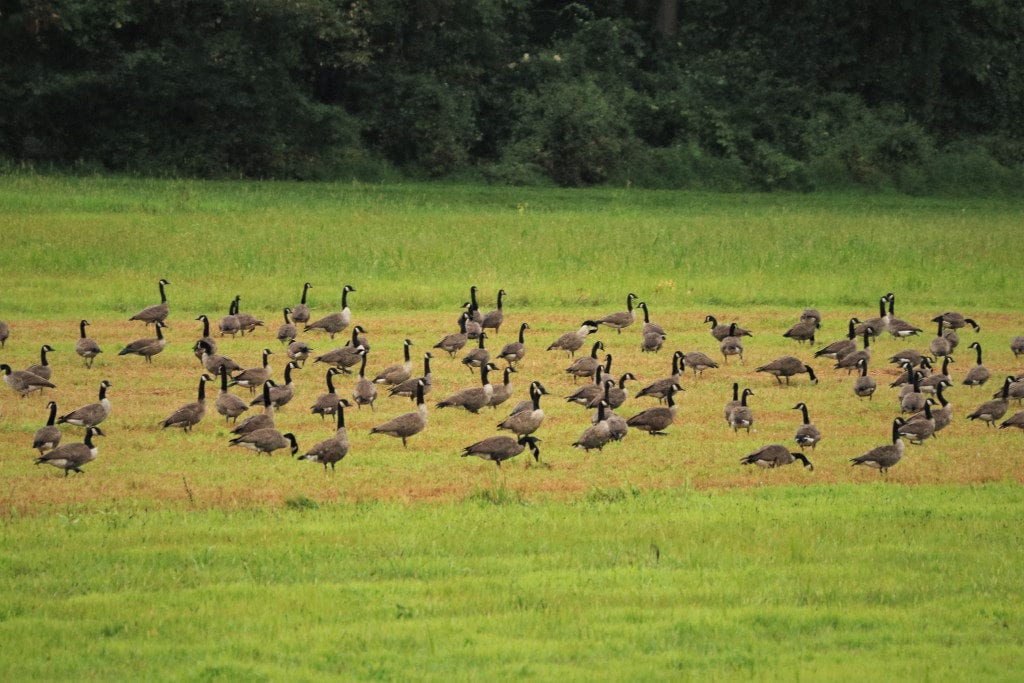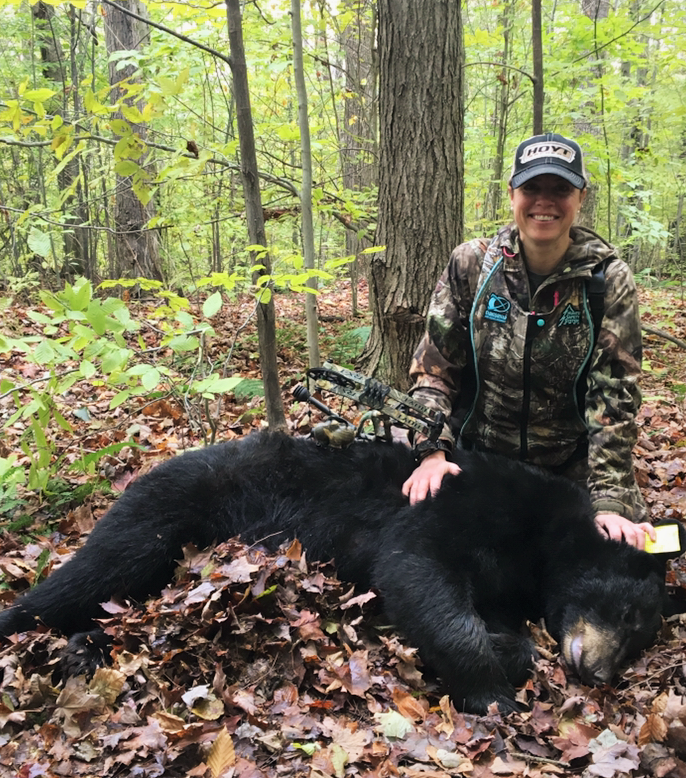By Jeannine Fleegle, Pennsylvania Game Commission Deer Biologist
Antlers captivate the masses whether you’re a hunter or not. I don’t think anyone can put a finger on exactly why people are so fascinated with them. Perhaps on some subconscious level we recognize and marvel at the complex process driven by hormones and photoperiod (day length) which uniquely manifests itself year after year for an individual.
By this point in the summer, bucks are done growing their antlers. Whatever you see on the top of their head now is what will be there in the fall.
No more, no less.
But it’s early August. They are still covered in velvet. Hard antlers aren’t seen until September.
All those things are true but so is the fact that those antlers still
covered in velvet are no longer getting bigger. Why? Remember that antler
tissue is the fastest growing tissue known to man. To grow at this remarkable
rate, the cartilage matrix is highly vascularized (think high blood flow) to
support the high nutrient needs of this tissue. Finished antlers are bone which
means this cartilage matrix needs to calcify. That takes time. About a month’s
time to be exact.
Antlers, like trees, grow from the tip (not the base) and it takes about 160
to 170 days to complete an antler growth cycle. As the summer progresses and
day length begins to decrease, testosterone production increases. This triggers
mineralization or hardening of the antlers. The soft tissue is transformed
directly into bone by the depositing of minerals within the cartilage matrix
through that extensive capillary network hardening the antlers from the base to
the tip.
We might not notice the shortening of days yet, but the deer endocrine
system does. Antler-hardening starts in mid-July and finishes up in mid-August.
Velvet, the fuzzy covering on growing antlers, stays on until the antlers
are completely hardened. Blood flow is then interrupted, and the tissue dies.
Dead and dry, the velvet is rubbed off.
Because of this fuzz (12 hair filaments per square millimeter, each 5
millimeters long), antlers appear larger than the “finished” product.
So that monster buck you’ve been watching all summer may shrink a bit come
the fall.
Either way, what you see on a buck’s head right now is what you’ll get come
September…minus the wrapping of course.
Jeannine Fleegle is a deer biologist for the Pennsylvania Game Commission, and a frequent contributor to the Deer-Forest Study Blog that documents the progress of a long-term study about how deer impact the health of Pennsylvania’s forests.
The views expressed by the editors, authors or users of this linked article are expressly theirs, and do not necessarily reflect the policies or opinions of Dallas Safari Club Northeast, its employees, members or assigns. Any concerns about a site user’s post should be addressed appropriately to that person. Any concerns about an advertiser, a user or any content on this site should be addressed to contact@dscnortheast.org.




